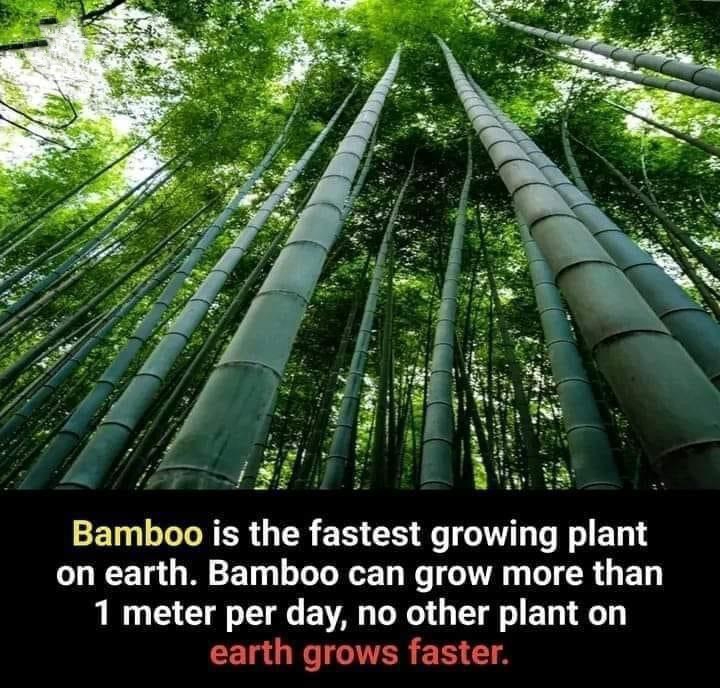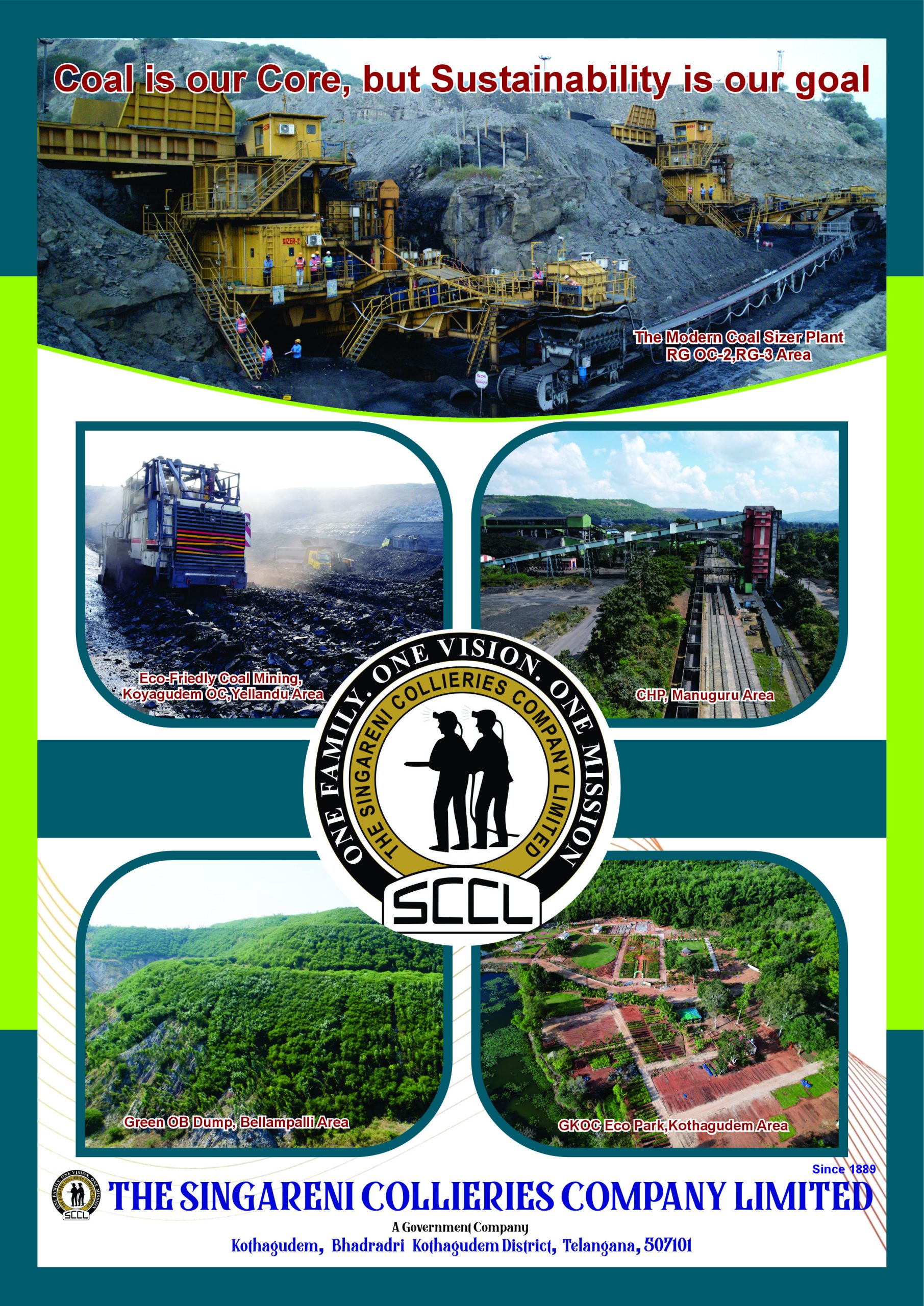
Bamboo: A Versatile, Eco-Friendly Resource with Wide Applications, Study Highlights
In a comprehensive study led by Dr. Adarsha Gowda, Chairperson of Entrepreneurship & Consultancy and Head of the Departments of Food Science and Food Processing at St. Aloysius (Deemed to be University), bamboo is recognized as a rapidly renewable and environmentally sustainable resource with diverse applications across various industries. The study underscores bamboo’s minimal ecological footprint and highlights its potential to address several modern challenges, including sustainability, construction, and food security.

Key Findings from the Study:
1. Clothing and Textiles: Bamboo is becoming a popular choice in the textile industry, praised for its unique qualities. The fibers derived from bamboo are soft, breathable, and naturally antimicrobial. This makes them ideal for producing comfortable and eco-friendly garments, especially in regions with warm climates. Bamboo viscose, a form of processed bamboo fiber, is known for its buttery softness. The process involves breaking down the plant’s cellulose fibers, which are then spun, combed, and woven into threads for fabric production. Bamboo clothing is increasingly being recognized for its luxury feel, sustainability, and ability to regulate body temperature, making it a strong competitor to cotton and synthetic fibers.
2. Furniture and Home Goods: Bamboo’s inherent strength and durability make it a reliable material for furniture production. Its flexibility allows for creative designs in chairs, tables, beds, and baskets, contributing to the growing trend of sustainable and minimalist home décor. Bamboo’s lightweight yet sturdy nature also makes it an attractive option for eco-conscious consumers, providing an alternative to plastic and metal furniture. Furthermore, bamboo’s rapid regrowth cycle makes it an environmentally responsible choice, reducing the demand for slower-growing hardwoods.

3. Beverages: Bamboo’s use extends into the beverage industry as well. Freshly tapped bamboo juice is consumed as a refreshing soft drink in various cultures, while fermented bamboo juice is processed into alcoholic beverages, similar to the production of traditional spirits. This practice is gaining popularity in regions where bamboo grows abundantly, adding to its versatility as both a raw material and a consumable product.
4. Landscaping and Design: Bamboo borders are increasingly used in landscaping as a decorative and functional element. Whether for accenting flower beds, edging pathways, or enhancing balconies and potted plants, bamboo offers an eco-friendly and visually appealing alternative to synthetic materials. Its natural aesthetic complements outdoor spaces and promotes sustainability in urban and rural garden design.

5. Construction and Infrastructure: Bamboo plays a significant role in the construction industry, particularly in regions where it grows naturally. It is commonly used for scaffolding, roof structures, and walls due to its high tensile strength and flexibility. Bamboo can absorb shocks and resist wind, making it an ideal material in regions prone to natural disasters. In addition to its structural applications, bamboo is utilized for erosion control due to its extensive root system, which binds the soil and stabilizes riverbanks, streams, and other vulnerable landscapes.
6. Paper Production: As the demand for sustainable materials grows, bamboo is emerging as an eco-friendly alternative for paper production. Its fast growth cycle and ability to thrive in diverse climates make it a viable substitute for traditional wood pulp in the papermaking process. Bamboo paper production not only reduces deforestation but also lowers the environmental impact associated with conventional paper manufacturing.
7. Fencing and Outdoor Structures: Bamboo’s durability, aesthetic appeal, and eco-friendliness make it an excellent material for outdoor fencing. Bamboo fences are strong, long-lasting, and visually pleasing, providing a natural barrier while enhancing the beauty of outdoor spaces. Their renewable nature also makes bamboo fencing a popular choice for sustainable construction projects.

8. Culinary Uses: Bamboo is not just valuable for its structural qualities; it is also widely used in culinary applications. Pickled bamboo shoots are a delicacy in Burmese, Filipino, and Chinese cuisines, offering a unique texture and flavor to various dishes. In India, fermented bamboo shoots are a common ingredient in regional dishes, adding depth and complexity to the flavors. Bamboo’s role in food production highlights its importance in global cuisine and its contribution to food security in bamboo-growing regions.
9. Soil Erosion Control: One of bamboo’s lesser-known but highly valuable applications is in soil erosion control. Bamboo’s dense and extensive root system helps bind soil and prevent erosion, especially on the banks of rivers, tanks, and streams. This makes bamboo an effective natural solution for stabilizing landscapes, protecting water resources, and mitigating the impact of floods and landslides in vulnerable areas.
10. Carbon Sequestration: Bamboo is an excellent resource for carbon sequestration, an increasingly important function in the fight against climate change. Its rapid growth rate allows it to absorb significant amounts of carbon dioxide from the atmosphere, helping to reduce greenhouse gas concentrations. Bamboo plantations are being promoted as part of reforestation and carbon offset programs, contributing to global efforts to mitigate climate change.
The Environmental Benefits of Bamboo:
Dr. Gowda’s study emphasizes bamboo’s role as an environmentally sustainable resource. Bamboo grows quickly—some species can grow up to a meter a day—and can be harvested without killing the plant. This makes it a highly renewable resource, unlike hardwood trees that take decades to mature. Bamboo’s ability to regenerate after harvest also means that it can be cultivated in the same area repeatedly, reducing land degradation and the need for deforestation. Its natural resistance to pests minimizes the use of pesticides, further reducing its environmental footprint.
Additionally, bamboo contributes to carbon sequestration, playing a key role in capturing atmospheric carbon dioxide. This makes bamboo a valuable resource in combating climate change and supporting global sustainability goals.

Conclusion:
The study concludes that bamboo’s versatility, combined with its environmental benefits, positions it as a key resource for sustainable industries. As global awareness of environmental issues grows, bamboo offers a renewable, eco-friendly alternative across a wide range of sectors, from clothing and furniture to construction and agriculture. Dr. Adarsha Gowda’s research highlights the need for increased utilization of bamboo, both for its economic potential and its critical role in promoting sustainability in a changing world.


